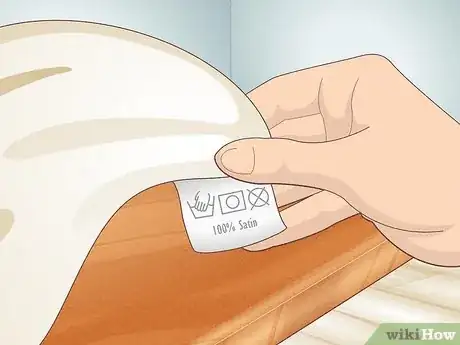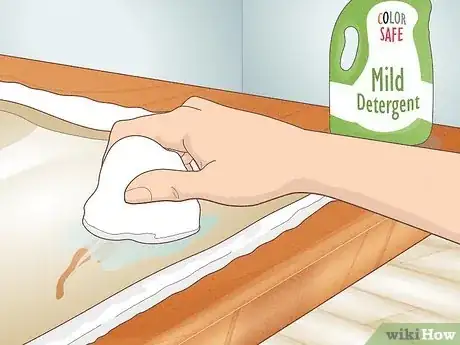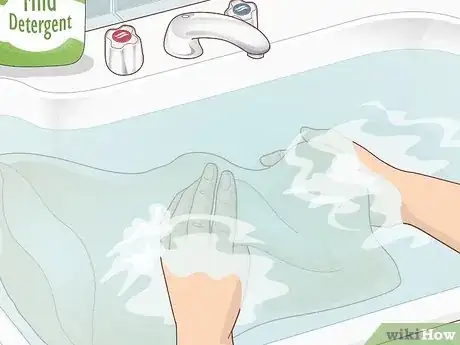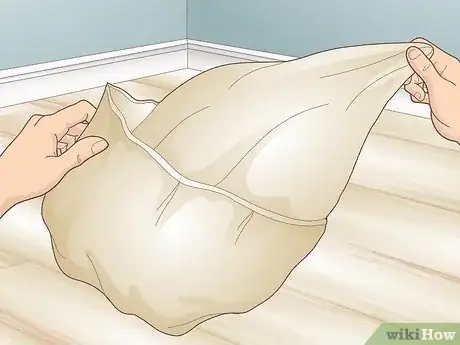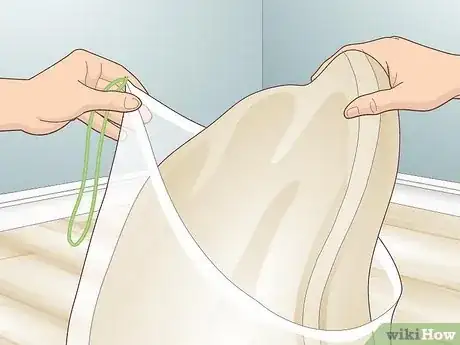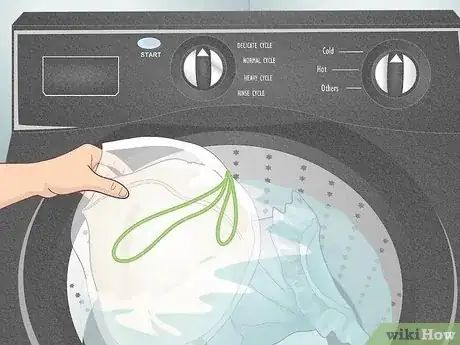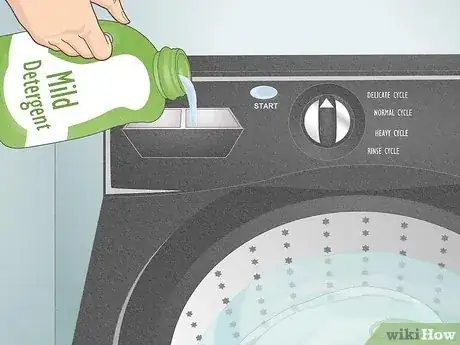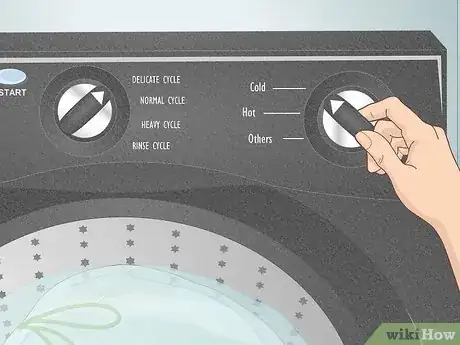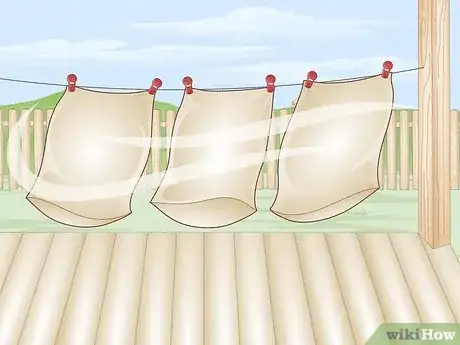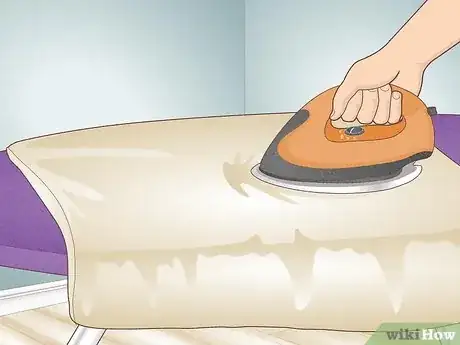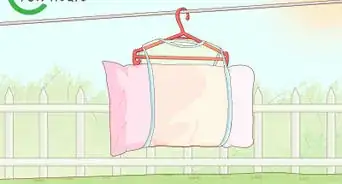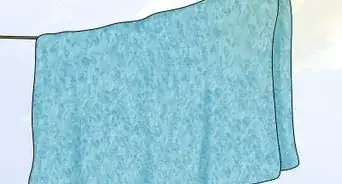This article was co-authored by wikiHow staff writer, Dan Hickey. Dan Hickey is a Writer and Humorist based in Chicago, Illinois. He has published pieces on a variety of online satire sites and has been a member of the wikiHow team since 2022. A former teaching artist at a community music school, Dan enjoys helping people learn new skills they never thought they could master. He graduated with a BM in Clarinet Performance from DePauw University in 2015 and an MM from DePaul University in 2017.
This article has been viewed 1,459 times.
Learn more...
Ah, a luxurious satin pillowcase. Your skin and hair have never felt better, but they won’t stay that way unless you wash that delicate bedding—what’s the safest way to do it? Washing satin isn’t so different from washing your regular laundry. All you need is a gentle detergent and a mesh bag to keep your pillowcases safe in the washer. We’ll walk you through exactly how to launder your satin pillowcases so they stay long-term luxurious (including by hand if they’re extra delicate, too). Get ready to sleep easy tonight on some freshly washed satin!
Things You Should Know
- Check the tag for washing instructions. Hand wash high-end, delicate satin mixed with silk or acetate, or take “dry clean only” items to a cleaner.
- Machine wash satin pillowcases with a gentle detergent and cold water on a delicate setting. Put the pillowcases in a mesh laundry bag for protection.
- Air dry them on a clothesline or on top of a fluffy towel away from direct sunlight. Use a steamer or an iron on low heat to get rid of wrinkles.
Steps
Warnings
- Do not machine wash or iron satin blends containing silk or acetate. Hand wash, steam, or take these fabrics to a dry cleaner instead.[17]⧼thumbs_response⧽
References
- ↑ https://becausemomsays.com/how-to-wash-satin-pillow-case/
- ↑ https://bedroomstylereviews.com/how-to-remove-stains-from-satin-bed-sheets/
- ↑ https://homesteady.com/13422684/how-to-wash-satin-fabric
- ↑ https://upgradedhome.com/can-you-wash-satin-pillowcases/
- ↑ https://upgradedhome.com/can-you-wash-satin-pillowcases/
- ↑ https://sewingiscool.com/can-you-wash-satin-how-to/
- ↑ https://becausemomsays.com/how-to-wash-satin-pillow-case/
- ↑ https://homesteady.com/13422684/how-to-wash-satin-fabric
- ↑ https://upgradedhome.com/can-you-wash-satin-pillowcases/
- ↑ https://becausemomsays.com/how-to-wash-satin-pillow-case/
- ↑ https://sewingiscool.com/can-you-wash-satin-how-to/
- ↑ https://upgradedhome.com/can-you-wash-satin-pillowcases/
- ↑ https://becausemomsays.com/how-to-wash-satin-pillow-case/
- ↑ https://youtu.be/y9VIq2OMoT4?t=6
- ↑ https://upgradedhome.com/can-you-wash-satin-pillowcases/
- ↑ https://becausemomsays.com/how-to-wash-satin-pillow-case/
- ↑ https://upgradedhome.com/can-you-wash-satin-pillowcases/
